
First published in 2016 by
The Crowood Press Ltd
Ramsbury, Marlborough
Wiltshire SN8 2HR
www.crowood.com
Pip Dunn 2016
All rights reserved. No part of this publication may be reproduced or transmitted in any form or by any means, electronic or mechanical, including photocopy, recording, or any information storage and retrieval system, without permission in writing from the publishers.
British Library Cataloguing-in-Publication Data
A catalogue record for this book is available from the British Library.
ISBN 978 1 78500 099 7
Acknowledgements
The following have contributed with checking facts and answering numerous e-mails to clarify facts: Steve Smith, Andy Carey, Jason Warner, Phil Sheringham, Peter Watts, Phil Greenwood, Trevor Rolfe, Chris Stevenson, Lester French, Darren Stafford, Andrew Young, Harry Needle, Alistair Grieve, Alan Baylis, Jo Chalcraft, Russell Saxton, Paul Taylor and Steve Thorpe.
Chalcraft, Russell Saxton, Paul Taylor and Steve Thorpe.
My thanks also go to my wife Victoria and daughter Harriet for their unerring support.
Frontispiece: In late 2015, GB Railfreight used 20901/905 to top-and-tail Railhead Treatment Trains (RHTTs) in the South East on England. On December 7, the 20s pause at Warnham on a circuit that will take in visits to Epsom Downs, London Bridge, Caterham and Tattenham Corner. PIP DUNN
CONTENTS
INTRODUCTION
Surprisingly, given their longevity, very little has been written about the English Electric Type 1 diesel locomotives, better known as the Class 20s, and certainly nothing that brings an account of their full history in one text.
Of course, with a handful of locos still in traffic with main-line operators, the story of the type continues to evolve, and although at a slower pace than before, there is still new history happening for the class each year. However, at some point a time was going to come where their history was reproduced, and this book sets out to do that.
This is not a technical book, and while I touch slightly on the mechanics and design of the class, it is mainly aimed at looking at their lives, which in the main comprises their operations: where they went and what they hauled. I have also concentrated on the unusual operations they undertook, and make no excuses for covering in detail their passenger operations, as these are often of more interest to the rail enthusiast.
As I write this, the class is getting close to the end of its fifty-eighth year in traffic, and that is some feat that cannot be underestimated. The popular Westerns only amassed fifteen years, the 55s a mere twenty-one, and the Class 40s only twenty-eight years in front-line traffic. The Class 20s have eclipsed all of those in fine style.
Although it was not until 1 January 1968 that locos were given their TOPS classifications, for ease they will be referred to as Class 20s throughout this book. Likewise it was only from 14 June 1965 that BR used the twenty-fourhour clock, but again, for ease, all trains mentioned in this text will be in this format.
Trying to fit the entire history of fifty-eight years worth of operation, by 228 locos, is going to be impossible in a book of this length, but I hope I have covered the main events over those years.

20189/176 wait at Skegness with the 12:54 to Derby on 2 July 1988. These were two of many locos originally allocated to Toton, but in 1983 they moved on to pastures new, to Eastfield and Tinsley respectively, but returned to their spiritual home in 1987. This was 20189s first visit to Skegness since 1982, and it did not go to plan, as it failed on this train near Ancaster. PIP DUNN
It is certainly not the aim of this book to record pictorially every twist and turn of the fleets history, but through the images I hope to depict the main liveries, workings and newsworthy events that have happened over those six decades.
I have tried, where possible, to avoid using pictures that have been published before, but that is not always very easy, especially with images from the 1950s and 1960s.
Nicknamed by enthusiasts as choppers because of their sound, or bombs and latterly mooses on account of their body looking like a big nose the Class 20s have usually had few serious followers, but likewise also gained few detractors. Crews, while they didnt especially like driving them nose first, did appreciate their reliability, simplicity and good pulling power. As one driver at Bescot told me, Class 20s will never let you down, theyll always get you home.
My own personal interest in Class 20s really started on a January night in 1984 when, due to heavy snowfall, the overhead lines near Carstairs had been brought down. Electrically hauled trains were hauled by diesels from Abington to Carstairs, and my northbound train was rescued by 20002/ 114 .
But it was the return train that was noteworthy, when 20083 dragged a dead Class 86 and a hefty load of about twelve coaches. It was pitch black, but a clear night, and I stood at the window listening to the 1,000hp loco working at its maximum to shift this heavy load. The sound was inspiring, and the performance, while slow, was a classic example of the loco getting the job done. That memory has stayed with me forever, and that night I thought to myself, These locos are something special! And the following thirty-two years simply reinforced that belief.
The history of these locos over the last fifty-nine years is fascinating, and I hope you enjoy reading this book, which goes some way to telling that story.

Due to weight restrictions on the Leeds to Harrogate line, all locos were barred for a period after 2009 except Class 20s. DRS and Network Rail used 20309 for the Leeds to York section of a saloon trip on 30 September 2010. The 20 hauls saloon 975025Carolineat Poppleton on the approach to York. DUNCAN McEVOY
CHAPTER ONE
THE NEED FOR THE CLASS 20S
The English Electric Type A, later Type 1, Bo-Bo freight diesel the Class 20 as we have known it since 1968 has been a part of the UKs rail system since June 1957, yet remarkably, in 2015, with the design fast approaching its sixtieth anniversary, some are still working on the main line and in industry today.
That is testament to the simplicity, robustness and dependability of a type of locomotive, which lets face facts, certainly has the look of a steam age product.
And that is because, in the mid-1950s, a steam-driven British Railways was in desperate need of cutting costs, and the switch from steam to diesel and electric traction was seen as one solution. The railways were still suffering from the inevitable, and understandable, lack of investment caused by World War II. The nationalization of 1948 had brought together a motley selection of steam locos, some of which dated from pre-grouping, indeed some even from the nineteenth century!
Next page
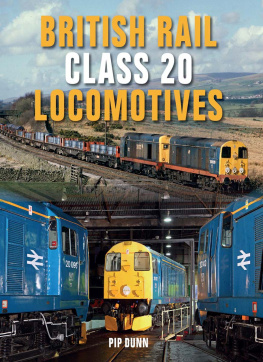

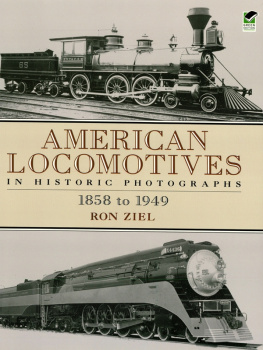
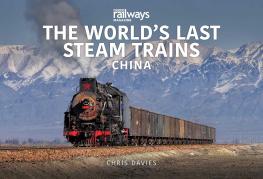

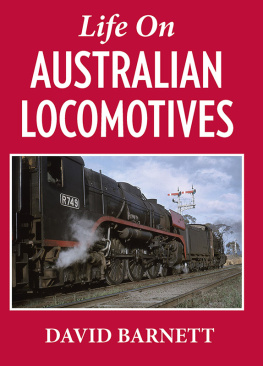
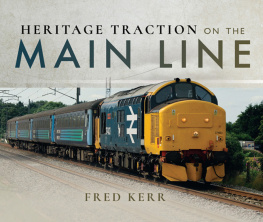

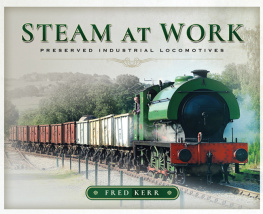
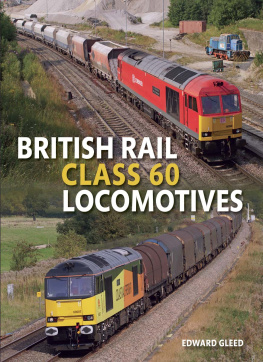
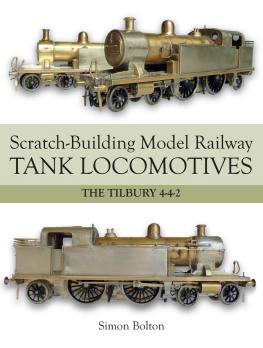

 Chalcraft, Russell Saxton, Paul Taylor and Steve Thorpe.
Chalcraft, Russell Saxton, Paul Taylor and Steve Thorpe.
